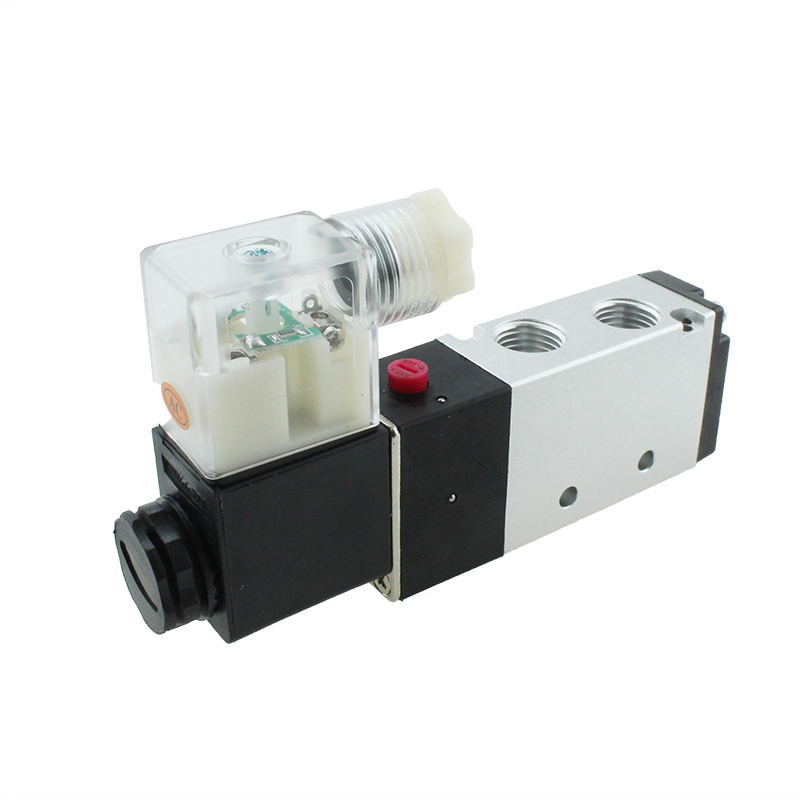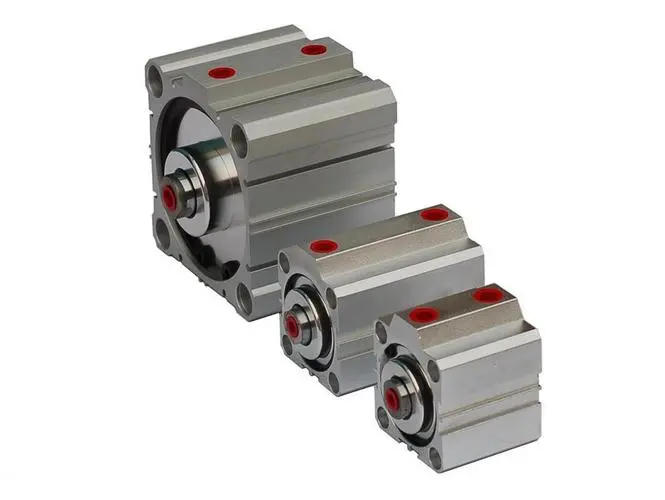Understanding the Basics of Solenoid Valve Operation
Understanding the Basics of Solenoid Valve Operation
Solenoid valves are essential components in a wide range of industrial and commercial applications. They are used to control the flow of various types of media, such as water, air, gas, and oil, by opening and closing the valve in response to an electrical signal. In this article, we will discuss the basics of solenoid valve operation and how they function in different systems.
First, let's understand what a solenoid valve is. A solenoid valve is an electromechanical device that consists of a solenoid coil and a plunger or armature. When an electrical current is applied to the solenoid coil, it creates a magnetic field that moves the plunger or armature, which in turn opens or closes the valve. Solenoid valves can be either normally closed (NC) or normally open (NO), depending on their design and application.
The operation of a solenoid valve is relatively simple. When the solenoid coil is energized, it generates a magnetic field that exerts a force on the plunger or armature, causing it to move and open the valve. Once the electrical current is removed, the magnetic field dissipates, and a spring or other mechanical mechanism closes the valve. This on/off action allows for precise control of the media flow in a system.
Solenoid valves are widely used in fluid control applications, such as irrigation systems, industrial automation, HVAC systems, and medical equipment. They are preferred for their fast response time, reliability, and ease of integration with electrical control systems. Additionally, solenoid valves come in a variety of configurations, including 2-way, 3-way, and 4-way valves, to accommodate different flow patterns and control requirements.
The types of solenoid valves used in a particular application depend on the specific requirements, such as the type of media being controlled, the flow rate, pressure, and temperature. For example, a solenoid valve used for controlling water flow in a commercial dishwasher will have different specifications than one used for controlling the flow of a corrosive chemical in an industrial process.
It's important to note that proper maintenance and care are essential for ensuring the optimal performance of solenoid valves. Regular inspections, cleaning, and testing of the valves can help prevent potential issues, such as clogging, leakage, or electrical failure. Additionally, selecting the right solenoid valve for a given application and ensuring proper installation are crucial for achieving reliable and efficient operation.
In conclusion, solenoid valves play a vital role in controlling the flow of various types of media in industrial and commercial systems. Understanding the basics of their operation, including how they respond to electrical signals to open and close the valve, is essential for selecting the right valve for a specific application. By considering factors such as the type of media, flow rate, pressure, and temperature, and implementing proper maintenance practices, solenoid valves can provide reliable and precise control in a wide range of applications.






